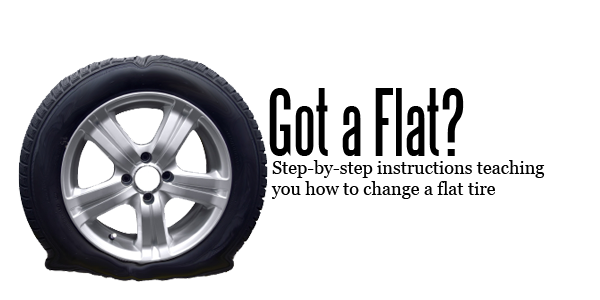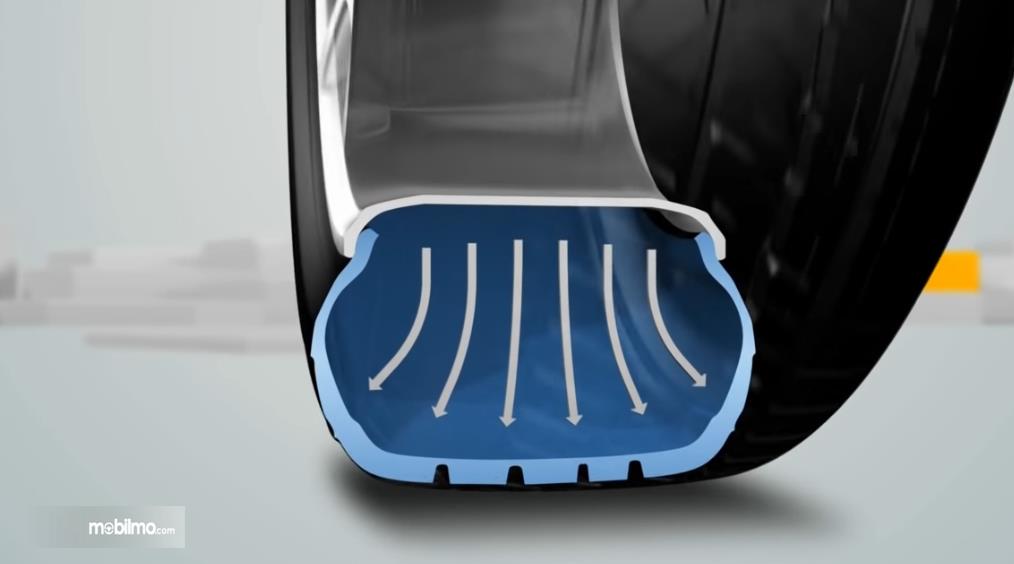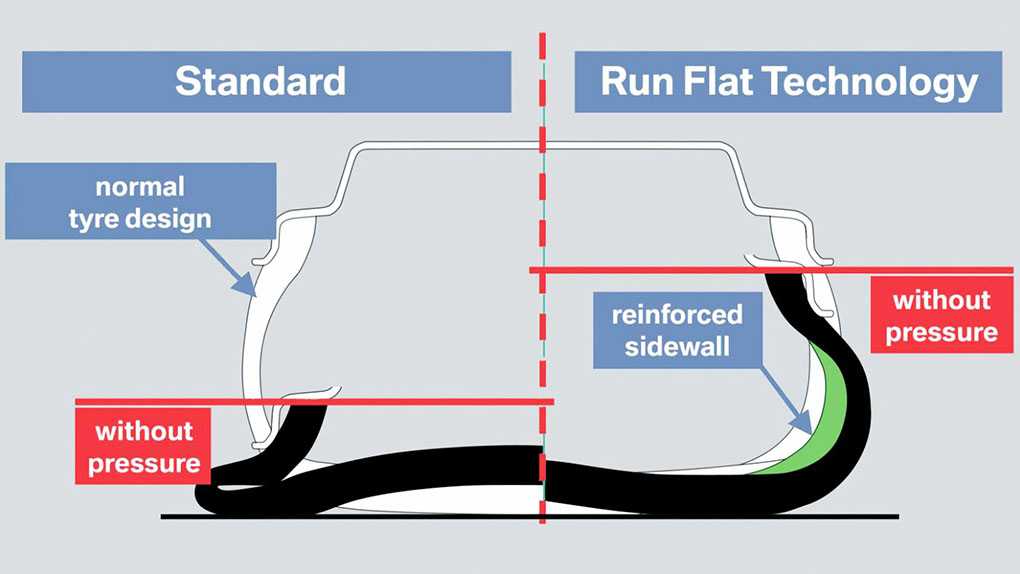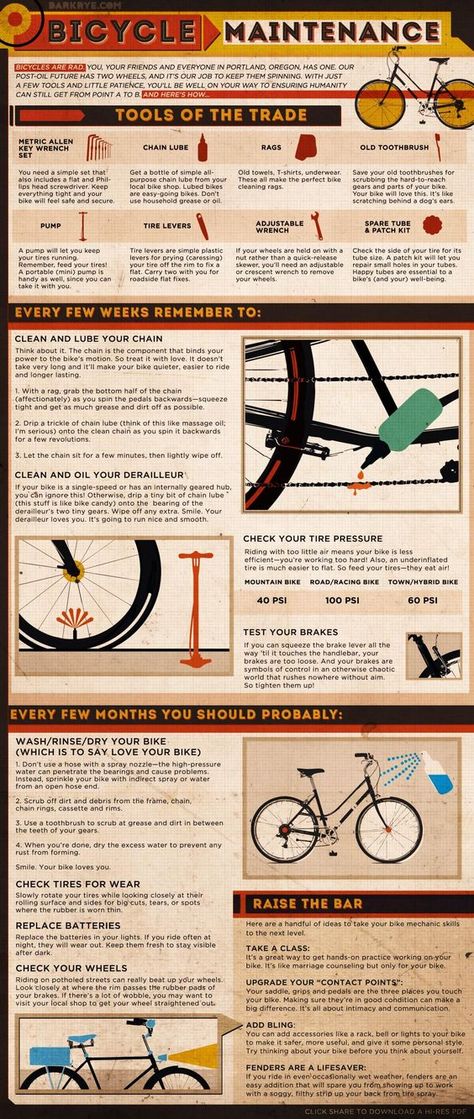Though they first appeared in the mid-1980s, run flat tires (RFT) are now more popular than ever. With some auto manufacturers making them standard in new vehicles, more consumers are asking about run flats, their advantages, and how using them impacts driving.
Run flat tires are tires on which you can continue driving after a puncture so you can take time get to an auto shop or find a safe, level area to change your tire.
You can’t drive on them indefinitely, though. Check the manufacturer’s specifications to find out how fast and how far you can drive on your run flat tires. Bridgestone run-flat tires will allow continued operation even after a loss of some or all inflation pressure for up to 50 miles (80 km) at a maximum speed up to 50 mph (80 km/h.)
There are two primary types of run flat tire systems: the self-supporting system and the support ring system.
In most self-supporting run flat tire systems, the tire features reinforced sidewall construction that will continue supporting the vehicle in the event of air loss. This construction allows continued operation after the loss of air pressure up to the speed and distance specified by the manufacturer.
Support ring run flat tire systems, on the other hand, employ a ring of hard rubber or another structure that can support the vehicle’s weight in an air loss condition.
Since they continue performing even though they’re “flat,” all run flat tires, regardless of the specific system type, may only be used on a vehicle equipped with a Tire Pressure Monitoring System (TPMS). The TPMS alerts you as soon as one of your tires loses pressure. Without it, you might not know you were driving on an underinflated tire.
You don’t have to change your tire in dangerous or uncomfortable conditions. This is perhaps the biggest benefit of run flat tires and is the one of the reasons why they were designed. With conventional tires, you have to replace a flat on the spot or have your car towed.
With conventional tires, you have to replace a flat on the spot or have your car towed.
In a puncture situation, run flats are more stable than conventional tires. Since they’re made to support your vehicle even when they contain no air, run flat tires will help you maintain better control in a complete air loss situation than conventional tires.
As consumers continue rating safety high on the list of features they look for in a vehicle, the popularity of run flat tires is expected to grow. Since run flat tires work reliably with interconnected technologies like TPMS, it may only be a matter of time before they become the norm rather than the exception in new vehicles.
There’s never a good time for a flat. That’s why Bridgestone DriveGuard tires are masterfully engineered to keep you moving for up to 50 miles at speeds up to 50 MPH without disruption.
See Details Find Your Fit
There’s never a good time for a flat. That’s why Bridgestone DriveGuard tires are masterfully engineered to keep you moving for up to 50 miles at speeds up to 50 MPH without disruption.
That’s why Bridgestone DriveGuard tires are masterfully engineered to keep you moving for up to 50 miles at speeds up to 50 MPH without disruption.
If you’ve ever been in a situation where you had a flat tire, you know how nerve-wracking and time-consuming it can be to change. Luckily, run-flat tires allow you to drive on them even when they’re flat. But how long and how fast can you drive on them before they go bad?
In general, most run-flat tires will allow you to drive for up to 80 km (50 miles) at speeds of up to 89 kph (55 mph). However, it’s important to note that driving on a run-flat tire for too long or too fast can damage the tire/wheel, or cause an accident.
This post will explore the risks of driving on a run-flat tire and what to do if you get a flat tire. Stay tuned!
There are a few major risks associated with driving on run-flat tires for extended distances. Let’s take a look at them now.
Let’s take a look at them now.
One of the risks of driving on a run-flat tire is that the tire can lose pressure quickly. That’s because the tires are designed to be used for a short period and then discarded. Once the tire loses pressure, it can no longer support the weight of the vehicle and can cause several problems, including the following:
One of the risks of driving on a run-flat tire is that the tire tread can reduce quickly. That can happen due to accelerated wear and tear. Although these tires are designed to be driven on when they’re flat, it’s not ideal.
Driving on run-flat tires for farther than 80 km (50 miles) can take its toll on the tire tread, causing it to become thinner and less effective. That can ultimately lead to a blowout, so it is important to keep an eye on the condition of your run-flat tires and replace them as needed.
It’s also important to note that driving beyond 80 km (50 miles) on a flat tire is a safety hazard. Not only does it make it difficult to control the vehicle, but it can also cause an accident.
Here are a few risks of driving on a flat tire:
If you get a flat tire, it’s important to know what to do. Here are a few tips:

That said, here’s a video that may come in handy when fixing a flat tire:
There you have it! Driving on run-flat tires comes with a few risks, so it’s important to be aware of them. If you do get a flat tire, don’t drive on it for too long or too fast.
Remember, the longest and fastest you should drive on a flat tire is 80 km (50 miles) at 89 kph (55 mph). If your tire goes flat, ensure you visit the nearest service station as soon as possible. Drive safely!
Categories Cars Tags cars, tires 0003Related materials
2 sets of wheels or overboarding - which is more profitable?
Inflate the tire to three atmospheres and move off. After 3-5 minutes of travel, stop and check how much the pressure has dropped. At about one, grab the pump again. And so on until you reach the right place.
After 3-5 minutes of travel, stop and check how much the pressure has dropped. At about one, grab the pump again. And so on until you reach the right place.
At a speed of 40 km/h on smooth asphalt with a flat tire, you can safely drive about 2 km. Moreover, most likely, after such a feat, the tire will be able to be pumped up and operated further.
An extra ten meters will not make the weather. After all, it is not clear how much you have already traveled on an "empty" wheel. So don't stop in the middle of the road. It is better to smoothly turn to the side of the road, and if there is a side platform within sight, slowly reach it.
Related content
8 studded tires: test on ice
For example, a sidewall puncture has occurred. There is nothing to lose - it will not be possible to reanimate the tire for further operation. But you can stretch 40 km / h from a dozen kilometers to a tire fitting. Be careful: closer to 15 km, the tire will start to smoke, crunch and fall apart. "Debris" can damage the apron, locker or bumper plastic. It's better not to bring it up.
But you can stretch 40 km / h from a dozen kilometers to a tire fitting. Be careful: closer to 15 km, the tire will start to smoke, crunch and fall apart. "Debris" can damage the apron, locker or bumper plastic. It's better not to bring it up.
Related materials
7 ways to "shoe" you in change shoes
The colder it is outside, the longer it will take for the tire to reach critical temperature and the further you will drive. But in the heat, the tire warms up faster, which means that the range will be reduced.
First of all - from the strength of the sidewalls and carcass of the tire. A thick sidewall will help you get to the tire shop, a thin sidewall will “die” much faster. Therefore, on a crossover (SUV tires have reinforced sidewalls) you will drive further under the same conditions than on a passenger car.
Photo: Depositphotos
Our new video
How we assembled the Evolute i-Joy (video)
New version of Exeed LX: test and review
Like this post? Subscribe and you will always be in the know!
Driving Zen
News smi2.ru
Vladimir Gavrilov
Estimated reading time: 3 minutes
3145
Category: Auto Maintenance
Sometimes, as a result of road accidents, two or three wheels break through at once. There is no time to mess around with disassembly on the spot, and I don’t want to get my hands dirty either. To get out of the situation, you have to go as is. Instead of one damaged wheel, a spare tire is placed, and the second and third are used in a deflated state. How long can you drive like this and how will such a journey turn out for tires?
Normal car tires are not designed to run without pressure. If the damage is minor, then it is better to repair the wheel on the spot. A puncture does not bleed air quickly, and sometimes just pumping up a tire is enough to have half an hour of time left, which is enough for a trip to a tire shop.
If the hole does not allow a long drive, then a self-tapping screw can be screwed into it, which will temporarily turn into a patch. Then you can inflate the tire, which can keep the pressure at 1.7-2.1 atm for several hours. It is better to ride on inflated wheels.
Then you can inflate the tire, which can keep the pressure at 1.7-2.1 atm for several hours. It is better to ride on inflated wheels.
Sometimes it happens that an inexperienced driver, even noticing a gradual release of pressure in the wheel, is too lazy to put on a spare tire, continues on his way, trying to find a tire shop, and arrives there already with a completely flat tire. It is absolutely impossible to do this. There is a high risk of complete damage to a generally still workable tire. Even a hundred meters for a flat tire are critical. The rubber begins to “chew”, the cord is damaged, the layers are compressed and cracked.
After such a trip, if you remove the tire and look at its inside, you will find black dust. It is a surface sealed layer. With subsequent pumping, hernias, similar to blisters, swell. They go in a chain along the diameter of the damaged cord threads. Then the wheel “killed” by the driver can only be sent to a landfill.
Thus, driving on flat tires is possible only in extreme cases, when the tire is already badly damaged and cannot be repaired, and the “reserve” has already been installed in another place. Then it is necessary to drive only on the side of the road so that the disc has soft ground under it. Periodically you need to stop and inspect the wheels. When dismantling a flat tire, there is a risk of disc breakage, so the range of such a trip should not exceed 2-3 km.
Then it is necessary to drive only on the side of the road so that the disc has soft ground under it. Periodically you need to stop and inspect the wheels. When dismantling a flat tire, there is a risk of disc breakage, so the range of such a trip should not exceed 2-3 km.
From the point of view of the law, such a movement is permissible. In accordance with paragraph 2.3.1. According to the SDA of the Russian Federation, if malfunctions occur along the way with which the operation of vehicles is prohibited, the driver must eliminate them, and if this is not possible, then he can proceed to the place of parking or repair, observing the necessary precautions. In other cases, it is better to still call a tow truck.
There are wheels that can move even with a complete loss of pressure. They are called Run-Flat. In their design, they have a very strong sidewall. In the event of punctures, the rigid inserts can take the weight of the vehicle and allow you to travel at speeds up to 80 km/h for distances up to 80 km.